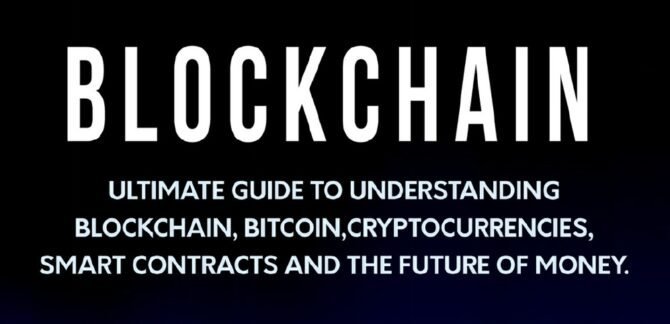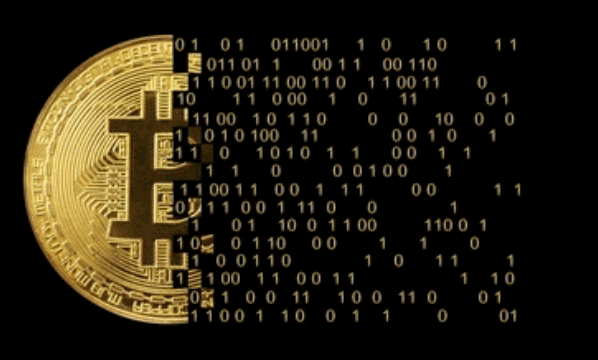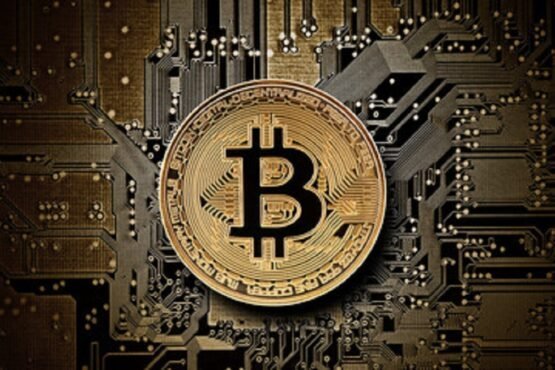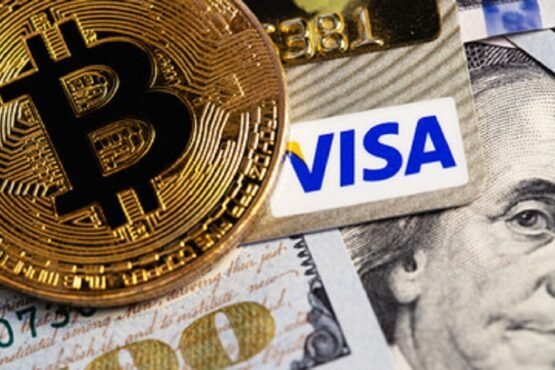Crypto Academy - Course Categories
Free Tutorials
- Bitcoin
- Ethereum
- Blockchain
- Crypto Currency
Although we commonly associate the blockchain technology and cryptocurrency with Bitcoin, there is far more to it than that. Blockchain technology has a lot of other practical uses right now, with much more in the pipeline, all of which go beyond the digital currency. Nowadays, Bitcoin is just one of hundreds of applications using the technology.
Until recently, to build a blockchain application, you would have needed a very complex background in cryptography, coding, math and you would have needed a lot of resources too. Things have changed and now using the blockchain is far easier than anyone could have imagined, with use cases from electronic voting, property and asset recording to compliance and trading. One of the tools that make all this possible is Ethereum.
We all call Bitcoin the king of the cryptocurrency world and that makes Ethereum the queen.
What is this blockchain we keep hearing so much about? Before I go into too many details, let’s look at a brief example:
Imagine a Google spreadsheet, one that every computer in the world shares and a spreadsheet that is connected to the internet. Each time something happens, a transaction, it will be recorded on a separate row on the spreadsheet.
Anyone who has a computer or a mobile device can log on to the internet and can see the spreadsheet. They can see every transaction that happens on the spreadsheet and they can add another transaction if they want. The only thing they cannot do is make any changes to the transactions that are already on there.
That is, in essence, the blockchain. Nice and easy, isn’t it? Where the spreadsheet has the rows, a blockchain has blocks. Each block is a collection of data and each bit of data is added by the connection of one block to the next and so on in chronological order, pretty much the same as a spreadsheet is made up rows that follow one another. These connected blocks make a chain.
Therefore, the blockchain is a global database, online, that anyone who has an internet connection can view and use. Because this database exists on the net, it is classed as decentralized – the ledger or database is shared between every computer in the world, not just stored in one specific location with limited access.
This is what makes cryptocurrencies like Bitcoin and Ethereum so unique.
The first application for the blockchain and perhaps the most famous is Bitcoin, a P2P digital currency. The Bitcoin is created through mining and is stored on the blockchain. Unlike the physical money we use today, Bitcoin can be sent to anyone and to anywhere without the need to go through a bank or a government or any other agency that might want to interfere and take their cut from you.
The blockchain really doesn’t care whether you are a machine, a human, even a dog. The security in the blockchain comes from the verification of each transaction by all the nodes, or computers, that are on the blockchain network and that eliminates the need for all those expensive intermediaries.
In the most basic form, Ethereum is a blockchain-based open-source platform that gives developers the opportunity to build decentralized applications and deploy them. Like Bitcoin, it is a distributed blockchain network that is public but there are some significant differences between the two.
The most significant difference is in the purpose and the capability of the two networks. Bitcoin offers a specific blockchain application, that of a P2P digital cash system that allows for online payments of Bitcoin. This network is used for tracking the ownership of the Bitcoin but Ethereum is focused on the program code needed to run a decentralized application.
With the Ethereum blockchain, rather than Bitcoin the miners will work to earn Ether or ETH. Although this is a type of digital currency, rather than being spent in the same way as we can make purchases with Bitcoin, ETH is the fuel that is needed to run the Ethereum network. It can be traded but is generally used by the application developers to pay for the services and the transaction fees on the Ethereum network.
Tutorial Categories
Categories
- Bitcoin (14)
- Blockchain (3)
- Crypto Currency (17)
- Crypto Currency Academy (1)
- Crypto Currency Library (2)
- Crypto Currency Market (4)
- Crypto Currency News (27)
- Ethereum (4)
- Text Tutorials (39)
- Video Tutorials (4)


















































































